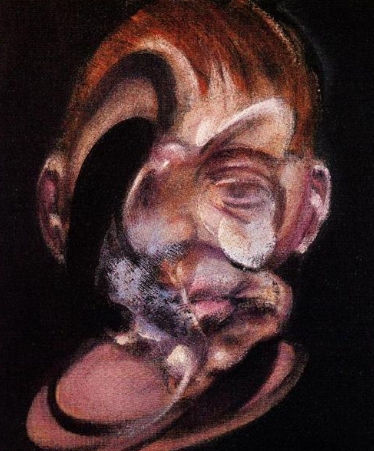Francis Bacon’s Self Portrait 1973 is a unique and enigmatic piece of art.
The Duality of the Self
Bacon’s self-portrait shows the artist with his face split in half, one side contorted and the other side eerily calm. This duality of the self is a recurring theme in Bacon’s work, reflecting the turmoil and conflict within the artist.
The Distorted Reality
The distorted features and exaggerated expressions in the portrait create a sense of unease and discomfort. Bacon often used distortion to convey the grotesque and nightmarish aspects of the human condition.
The Fragmented Composition
The composition of the self-portrait is fragmented and disjointed, with sharp angles and twisted lines. This fragmentation mirrors the fractured nature of Bacon’s inner world, where feelings of alienation and disconnection are prevalent.
The Use of Color
Bacon’s use of color in the self-portrait is both striking and unsettling. The bold reds and oranges evoke a sense of violence and passion, while the dark blacks and blues suggest a sense of despair and melancholy.
The Symbolism
The imagery in Self Portrait 1973 is rich in symbolism, with elements such as the cage-like structure around Bacon’s head and the distorted mirror reflecting his image. These symbols suggest themes of confinement, self-reflection, and distorted perceptions of reality.
In conclusion, Francis Bacon’s Self Portrait 1973 is a complex and provocative work that invites viewers to delve into the depths of the artist’s psyche. Through its duality, distortion, fragmentation, color, and symbolism, the painting offers a glimpse into the turbulent and conflicted inner world of one of the 20th century’s most influential artists.



